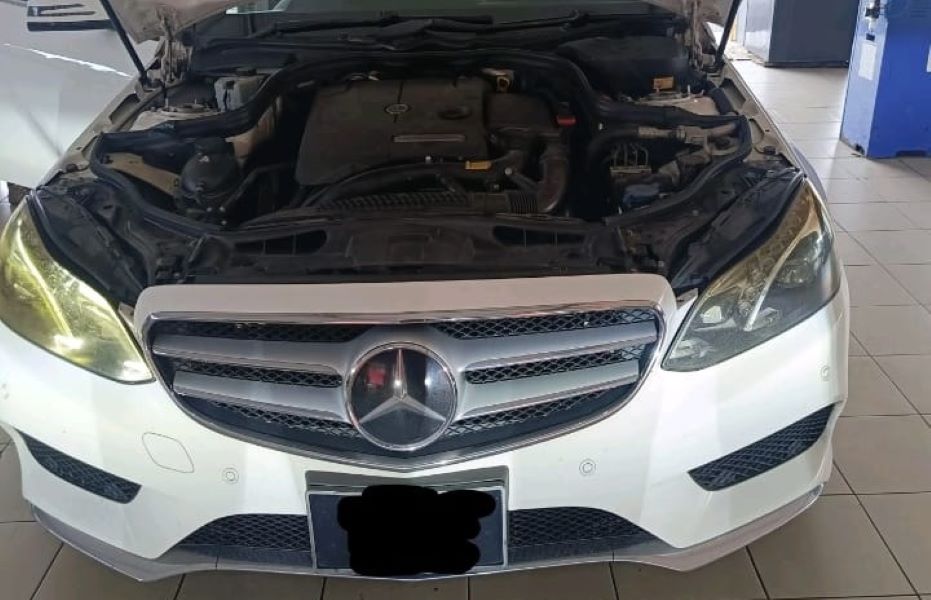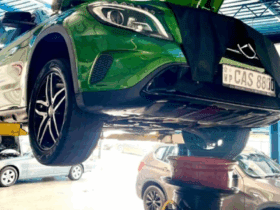Table of Contents
One Daytime Running Light Not Working: A Case Study on Mercedes Benz E Class
Daytime running lights (DRLs) are an essential feature in modern vehicles, providing increased visibility during daylight hours and enhancing road safety. When one DRL stops working, it not only compromises safety but can also result in a dashboard warning light that alerts the driver to the issue. This article delves into a specific case where a Mercedes Benz E Class experienced a malfunctioning left-side DRL, detailing the diagnosis and repair process.
Understanding Daytime Running Lights
DRLs are designed to make vehicles more visible to other drivers during daylight conditions, reducing the risk of accidents. They automatically switch on when the vehicle is in motion and are generally integrated into the headlamp assembly. Functioning DRLs are crucial for road safety and are often a legal requirement in many regions.
The Case Study : daytime running light not working
Vehicle Details
- Model: Mercedes Benz E Class W212
- Issue: Dashboard warning light indicating One Daytime Running Light Not Working

Diagnosing the Issue
The customer reported a warning light on the dashboard, signaling a problem with the left-side DRL. Upon receiving the vehicle, a thorough inspection was conducted to identify the root cause of the issue.
Initial Steps:
- Visual Inspection: Checked the headlamp assembly for any obvious signs of damage or loose connections.
- Diagnostic Tools: Used advanced diagnostic tools to pinpoint the exact fault within the headlamp system.

Identifying the Faulty Component
Through the diagnostic process, it was determined that the ballast control module within the headlamp assembly was faulty. The ballast control module is a critical component that regulates the voltage and current supplied to the DRL, ensuring it operates correctly.
Common Causes of Ballast Control Module Failure:
- Electrical surges or shorts
- Exposure to moisture
- General wear and tear over time
The Repair Process
Following the service manual’s guidelines, the repair process began with ordering the correct replacement part to ensure compatibility and optimal performance.
Steps Taken:
1. Removal of the Defective Module:
- Carefully disassembled the headlamp assembly to access the ballast control module.
- Disconnected the faulty module, ensuring no damage to surrounding components.
2. Installation of the New Module:
- Installed the new ballast control module, securing all connections and ensuring proper alignment.
- Reassembled the headlamp assembly, following the service manual instructions.

Testing and Validation
After the installation, rigorous testing was conducted to ensure the DRL functioned properly and the issue was fully resolved.

Testing Procedures:
- Functional Test: Turned on the vehicle to check if the DRL operated as expected.
- Diagnostic Check: Used diagnostic tools to confirm that no faults were present in the headlamp system.
- Road Test: Conducted a brief road test to verify the repair under real-world conditions.

Conclusion
The repair was successful, and the customer was satisfied with the resolution. This case study highlights the importance of professional diagnosis and repair for vehicle lighting systems. Addressing issues promptly not only ensures road safety but also prevents minor problems from escalating into more significant, costly repairs.
Where is the daytime running light module located ?
The daytime running light (DRL) module in a Mercedes Benz E Class is typically located within the headlamp assembly. The exact location can vary depending on the specific model and year of the vehicle. Here’s a general guide to help locate it:

1. Accessing the Headlamp Assembly:
- Open the hood of the vehicle and locate the headlamp assembly where the malfunctioning DRL is situated.
- You may need to remove a cover or housing to gain full access to the headlamp assembly.
2. Removing the Headlamp Assembly:
- Depending on the model, you might need to remove the entire headlamp assembly to access the DRL module. This can involve removing screws or bolts that secure the headlamp in place.
- Carefully disconnect any electrical connectors attached to the headlamp assembly.
3. Locating the DRL Module:
- Once the headlamp assembly is accessible, look for the DRL module, which is usually a small box-like component attached to the assembly.
- The DRL module is often located behind or underneath the main headlamp bulbs, and it may have electrical wires connected to it.
4. Identifying the Ballast Control Module:
- The ballast control module that regulates the DRLs might be part of the DRL module or a separate component within the headlamp assembly.
- Refer to the vehicle’s service manual for specific details on the exact location and identification of the DRL module and ballast control module.
If you are unsure or unable to locate the DRL module, it is advisable to consult the vehicle’s service manual or seek assistance from a professional technician. This ensures that the module is correctly identified and accessed without causing any damage to the headlamp assembly or other components.






Leave a Reply